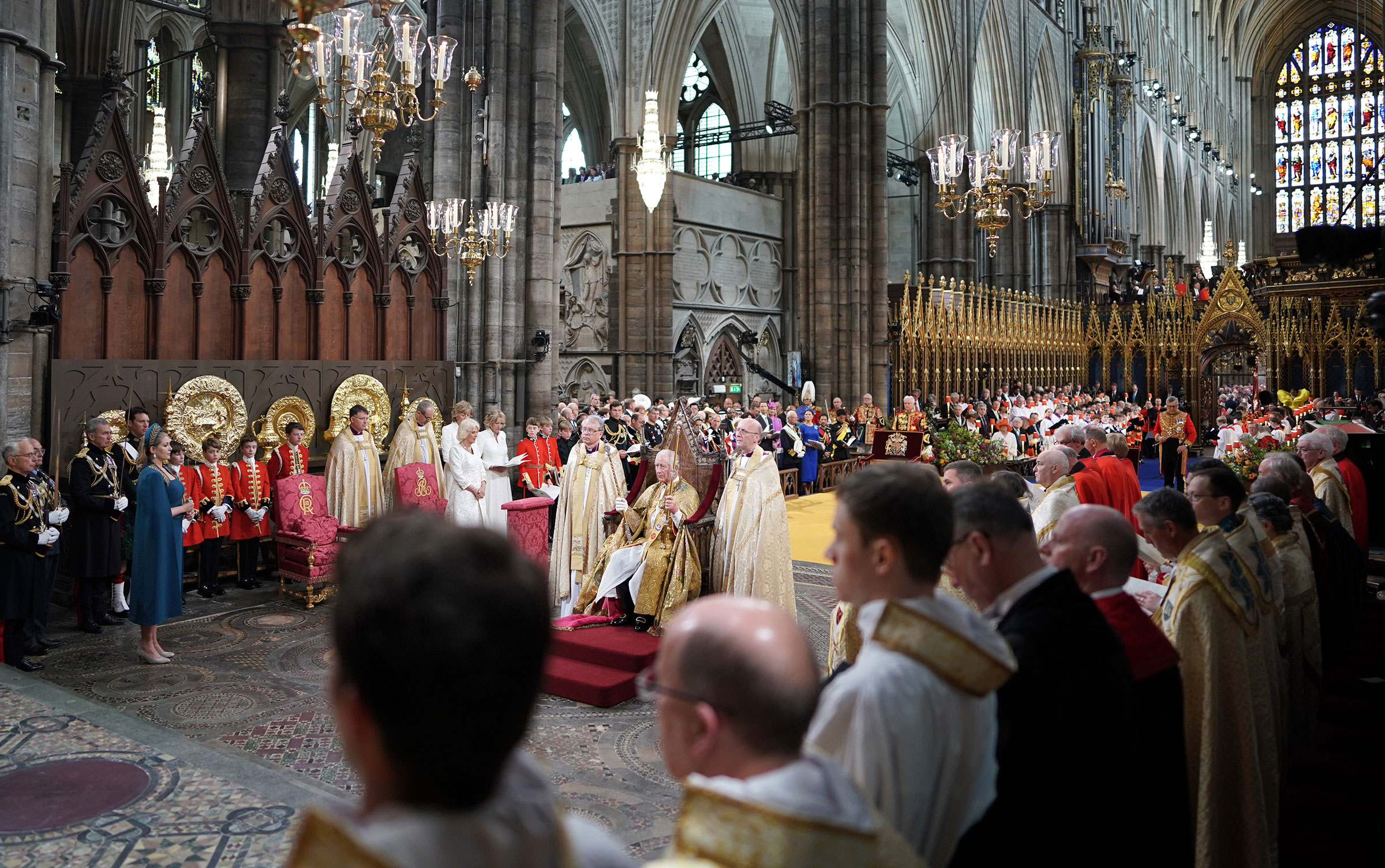As he stood in for his ailing 96-year-old mother at the opening of Parliament in May 2022, it was hard not to catch Prince Charles gazing mournfully at the Imperial Crown next to him on a velvet cushion. The irresistible thought bubble his expression suggested was “Mummy, when?”
Cue trumpets. On May 6, 2023, the 74-year-old man who spent more than five decades in the waiting room of his destiny—longer than any Prince of Wales in history—finally walks through its door. King Charles III by the Grace of God, of the (still) United Kingdom of Great Britain and Northern Ireland and of His Other Realms and Territory, Head of the Commonwealth, and Defender of the Faith, will have placed on his head by the Most Rev. Justin Welby (Archbishop of Canterbury) the nearly 5-lb. solid gold St. Edward’s Crown at Westminster Abbey. Crowned alongside him will be the 75-year-old woman who has herself shown years of shrewd, strategic patience: Queen Camilla. Even the baleful stare of Prince Harry, who blurted late that he would attend the ceremony—but without Meghan—cannot throw shade on the former mistress’s vindication.
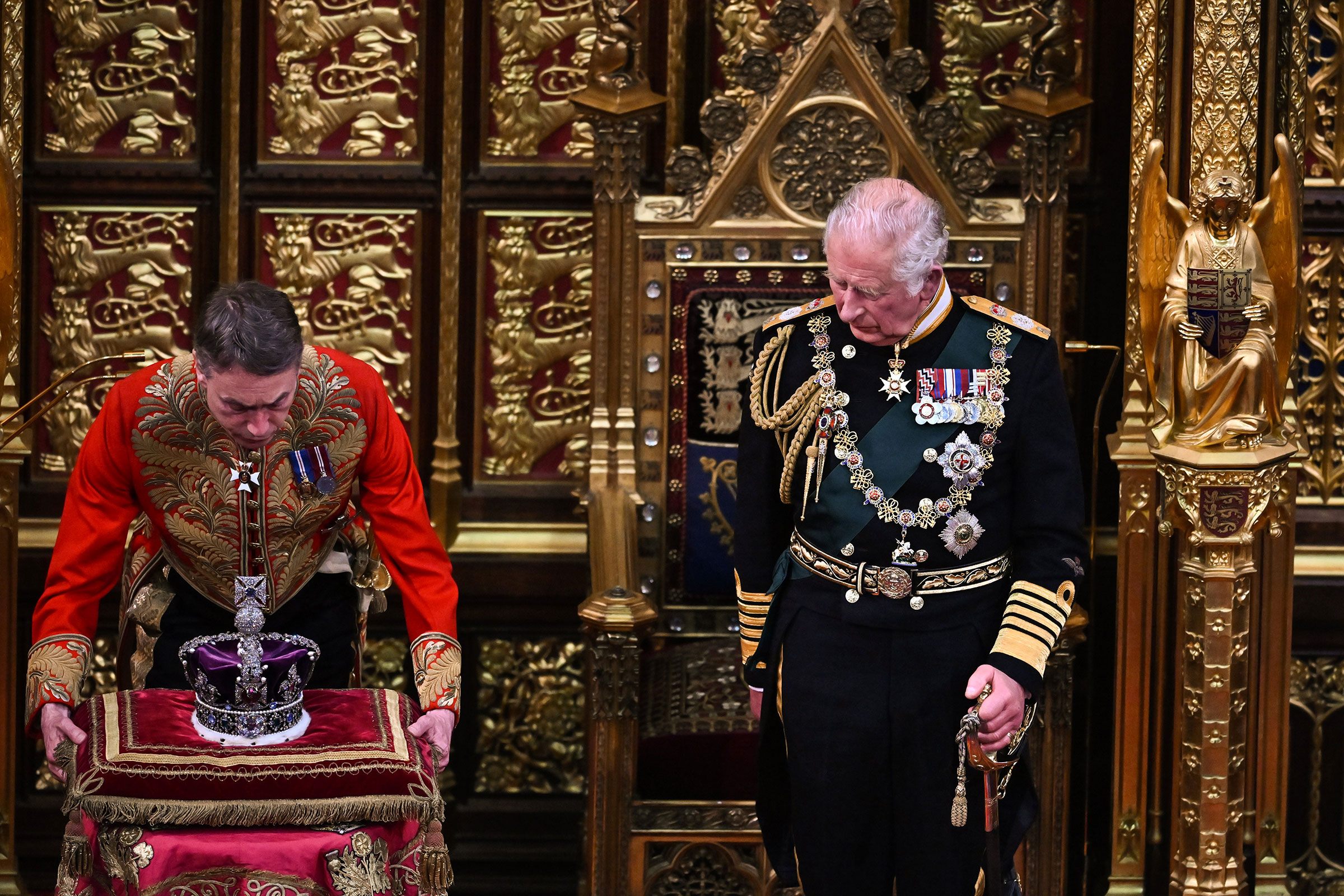
This will be no off-the-rack coronation. A flurry of belabored palace bulletins in the past months about a “slimmed-down,” budget-conscious ceremony suggest an occasion as suffused with mixed messages as the King himself. To whittle the guest list to 2,000 from the 8,000 hanging from the rafters at his mother’s coronation, the cavalcade of ermined dukes has been mostly booted in favor of National Health Service and charity workers and other inclusive representatives of an effortfully modern Britain. The few MPs who made the cut don’t get a plus-one (a bitter pill). Princes of the Blood and other grandees are not required to take the knee and swear a Shakespearean oath of fealty. And unlike Queen Elizabeth’s bladder-busting three-hour ceremony, this 21st century coronation will likely run the 1½ hours of a Premier League soccer match.

Buy a print of the King Charles III Coronation cover here
Don’t expect to see the King arrive at his coronation in the Diamond Jubilee State Coach wearing a lounge suit. Nor for too much daylight to be let into the magic of the anointing when, like his mother 70 years before, the King will don an austere, shiftlike garment off camera and be doused from a medieval spoon with consecrated oil. Unlike at Queen Elizabeth’s coronation, no civet oil or ambergris from the intestines of sperm whales will be added to the formula for the sometimes-vegan Charles. Then he slips out of his sacred mufti into the gold, floor-length “supertunica,” before emerging in the pièce de résistance of the deep purple Robe of Estate, or Imperial Robe.
If it all sounds irresistibly Monty Python, so what? The potent flummery of the monarchy still holds the British people in its thrall. It is meant to be a never-ending story, and the months since Charles’ ascension have been a seamless rebrand of the House of Windsor as an institution built to survive. A recent BBC/YouGov poll found that 58% of Brits support the monarchy.
It began with the new King’s pitch-perfect address to the nation after Elizabeth’s death. Ten days later, striding at the head of her funeral procession, bearing his field marshal’s baton, he seemed to grow in stature with each metronomic step. For most of his life, Charles was tortured by his father Prince Philip’s underestimation of his gifts and the Queen’s remote mothering. But in this critical moment of transition, it all fell away. On his face, you could see both the pain of losing his mother and the final shedding of his childhood’s doubting burdens.
The benefit of his eternal wait is that Charles has become King at a moment that uniquely speaks to his concerns. For decades, he was mocked for his -jeremiads about climate change and the despoilment of the English countryside. Now, as the world self-immolates and glaciers melt, even his most merciless critics acknowledge his prescience. His people know exactly who he is: Charles the Green, a woke grandpa with a complexion pinker by the minute, who drives an Aston Martin fueled by a bioethanol blend of cheese and English white wine by-products, and who assuaged his grief in the Queen’s last hours by foraging for mushrooms in the Balmoral woods. At a time of divisiveness and volatility, it’s a kingly image that quickly is reassuring.

Charles has defied every prediction of what would happen when a monarch as beloved as his mother dies. There has been no national identity crisis (certainly none attributable to him). No collapse in public appetite for a -monarchy. No immediate repudiation—yet—by the sovereign Commonwealth realms. And no disregarding of constitutional red lines, as some expected, to sound off about his favored causes. Yes, then Prime Minister Liz Truss put the kibosh on his attendance at the November COP27 U.N. Climate Change Conference in Sharm el-Sheikh, Egypt, where he had planned to make a speech. But Charles immediately asserted the puissance of the Crown as a political convener. His Buckingham Palace reception for world leaders on the eve of COP turned out to be the most coveted power ticket of the week, all the more effective because it stood aloof from white-hot policy debate. It’s easy to forget that after decades of dullsville Commonwealth tours and ceaseless face time with an encyclopedia of potentates, Charles is one of the best-wired diplomats in the world. His first state visit as King, to Germany in March where he tapped his Hanoverian roots to speak in fluent German, was hailed as a flawless post-Brexit charm-krieg.
The perception of Charles’ progressive instincts has always been undermined by his fogy self–presentation. (He must have been the only Cambridge undergraduate to wear a suit and tie in the Summer of Love.) Some of his first acts as King have brought refreshing flair to the stodgy iconography of monarchy. The image of himself Charles selected for the nation’s postage stamps to replace the crowned head of his mother is a simple one, bareheaded and unadorned. He chose Jony Ive, ex-Apple design whiz, to conceive a beautiful, optimistic coronation emblem with the four entwined flowers of the U.K. that reflects the King’s concern for the planet, and he blessed the cool innovation of releasing digital twins of the coronation crowns using augmented reality—brainchild of Anthony Geffen, producer of the documentary The Crown Jewels—to be available on smartphones everywhere.
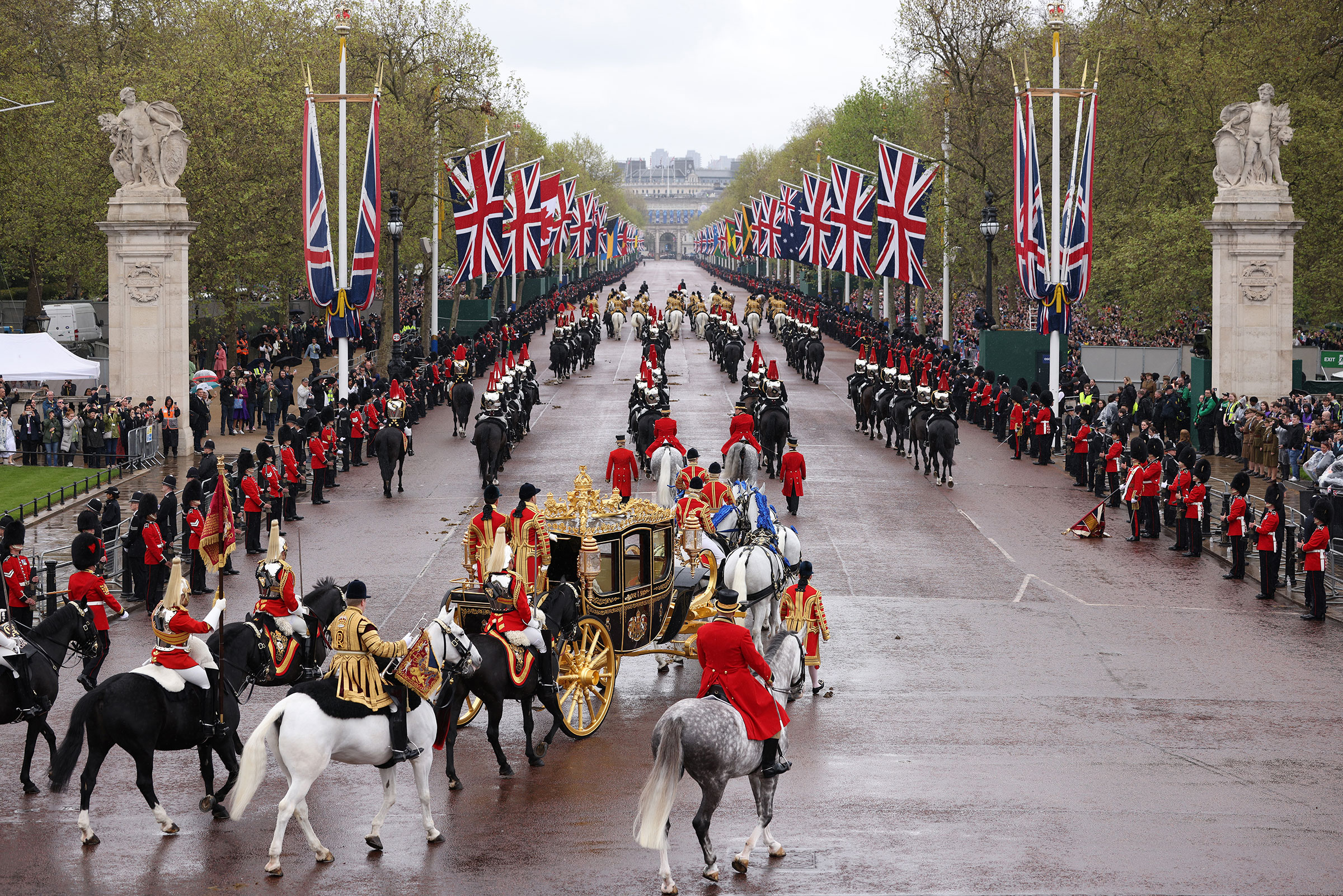
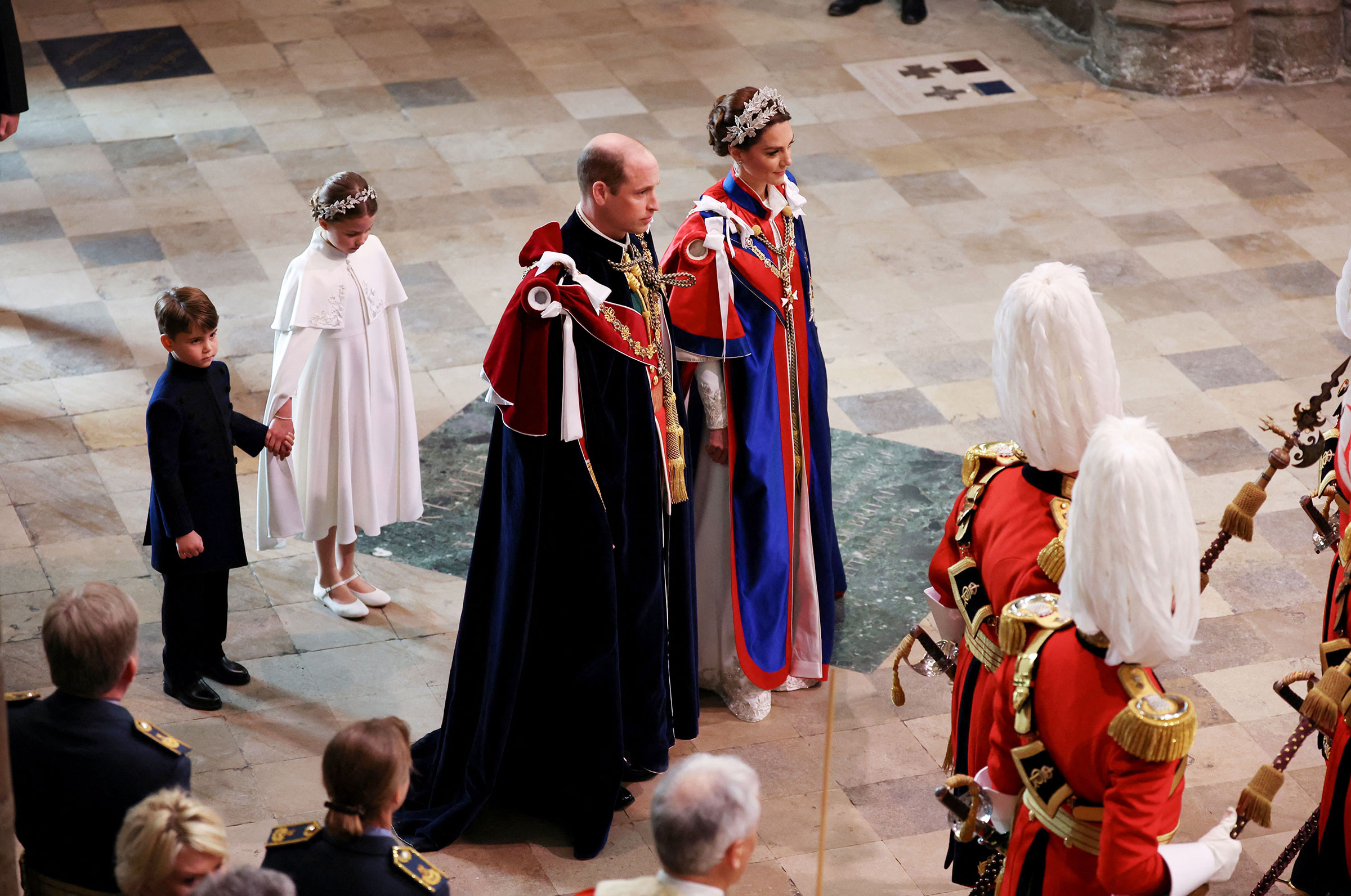
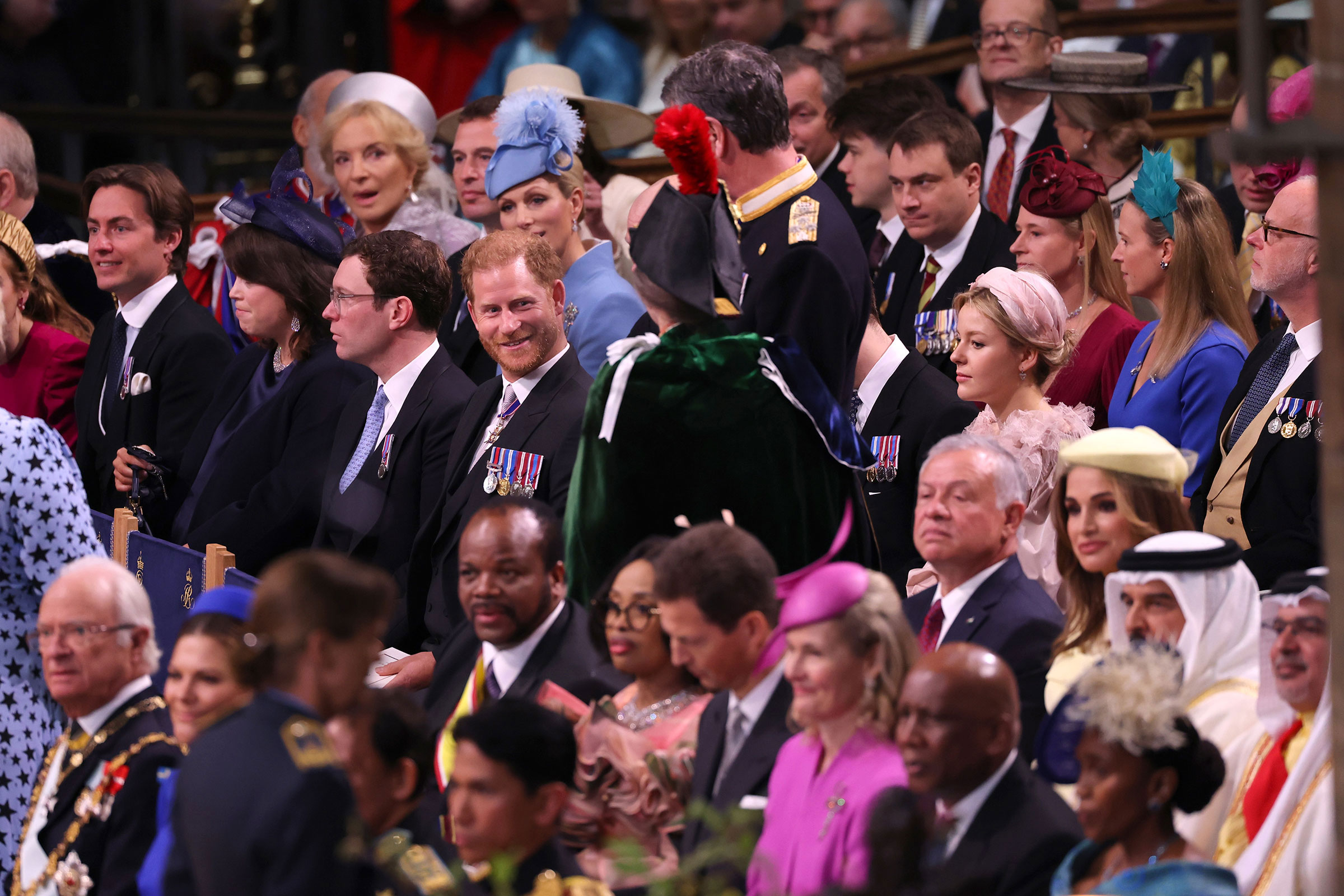
More significantly, Charles’ decision to open the Windsor archives to aid independent research into the British monarchy’s ties to slavery is nothing short of revolutionary for an institution that has usually battened down on the past. Some might see Charles’ actions as a brilliant stroke of pro-active public relations at a time when demands for colonial reparations are part of a rising tide of aggrievement, especially among the young. But in Charles’ case, his earliest speeches show his desire for deep cultural re-examination comes from an authentic place. A spokesperson for Buckingham Palace on April 6 repeated his message to Commonwealth leaders in Rwanda last year: “I cannot describe the depths of my personal sorrow at the suffering of so many, as I continue to deepen my own understanding of slavery’s enduring impact.” The King is said to be accepting—even relaxed—about his inevitable removal as head of state in the 14 remaining Commonwealth realms. Elizabeth II, after all, was a master at presiding gracefully over imperial retreat. But unlike his mother, Charles knows that the “deep sympathy” she expressed in her historic 2011 trip to Ireland would never be enough to expiate some of colonialism’s worst sins.
The only serious migraines for Charles so far have been caused by his own son. The Firm has skillfully contained the blast radius of explosions from Harry the human hand grenade by following Queen Elizabeth’s tested playbook. When faced with tumult of his incendiary memoir Spare and the solipsistic whine of Sussex’s Netflix documentary, the Royals ramped up public appearances and did what they always do: say nothing, and smile, smile, smile. With a certain amount of backstage mirth, the palace released a statement expressing the King’s disappointment that Meghan would be staying in Montecito, Calif., with his grandchildren. Harry nonetheless managed to grab the spotlight yet again when he galloped back on his steed in late March to appear in a London courtroom for the latest round in the tabloid phone–hacking cases. Revelations about what seemed to be covered-up complicity between his own family and the tabloids ensures that each brother is still ready to raise an army against the other.


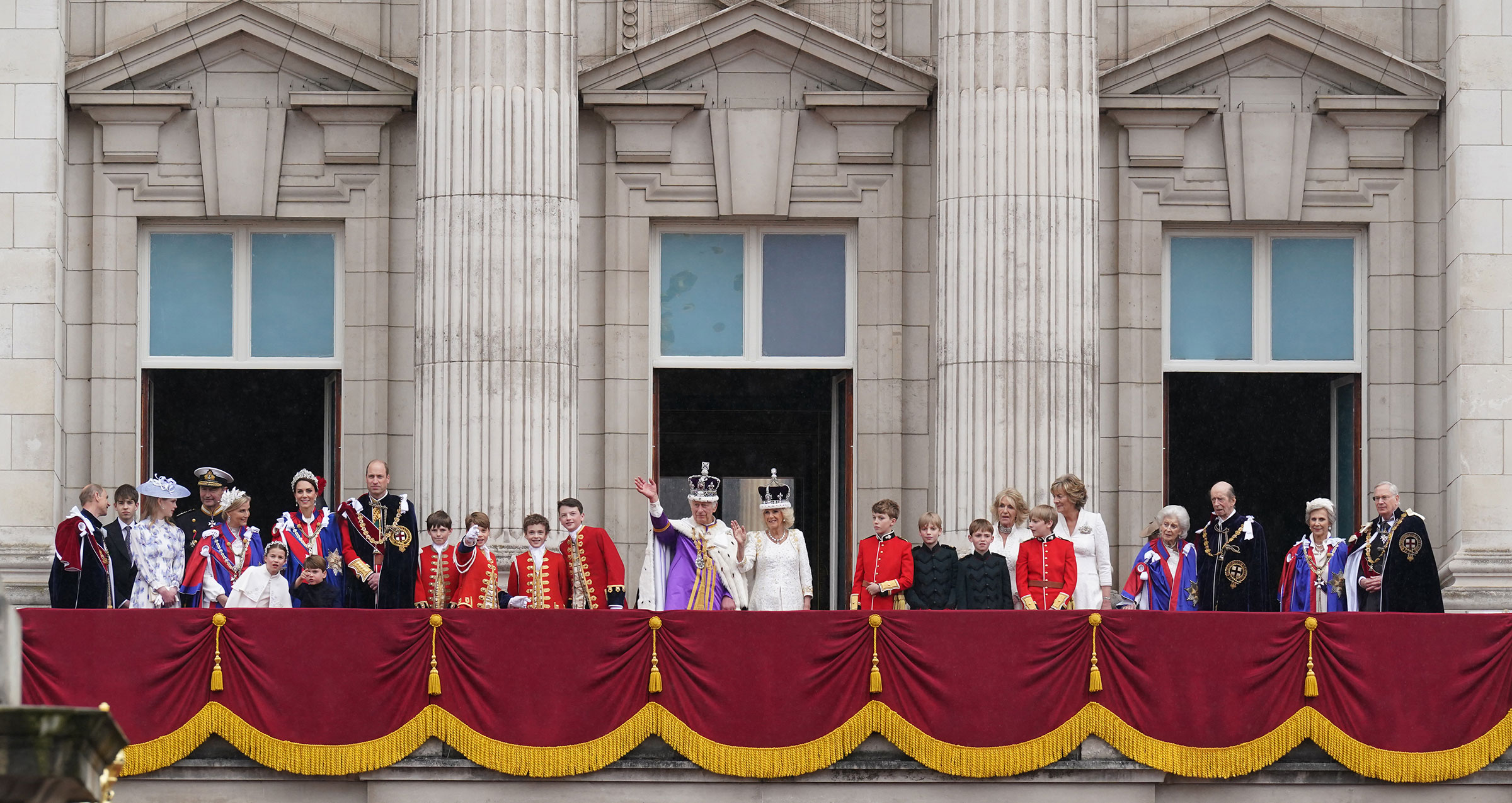
And what of Queen Camilla? Palace insiders believe that her success is even more assured than the King’s. Hers is one of the greatest image rehabs in modern history. In the 18 years since she married Charles, her performance has been so sure-footed that the woman reviled as an “old bag,” “old trout,” “prune,” and “hatchet face” in the ’90s by the tabloids for usurping the adored Princess Diana is now on her way—at least in the now uniformly glowing press coverage—to becoming a British national treasure, the Maggie Smith of the monarchy. Camilla’s loyalty, humor, and humanity, her stoic commitment, like her late mother-in-law’s, to “just getting on with it” has proved she understands the quintessential tenet of monarchy—how to play the long game.
Vivat Rex! At a time when every-thing seems to be bollixed up in Britain—sometimes spectacularly— tribal and atavistic beliefs in the monarchy, both mortal and majestic, somehow ineffably trundle on.
Brown is the author of The Palace Papers: Inside the House of Windsor
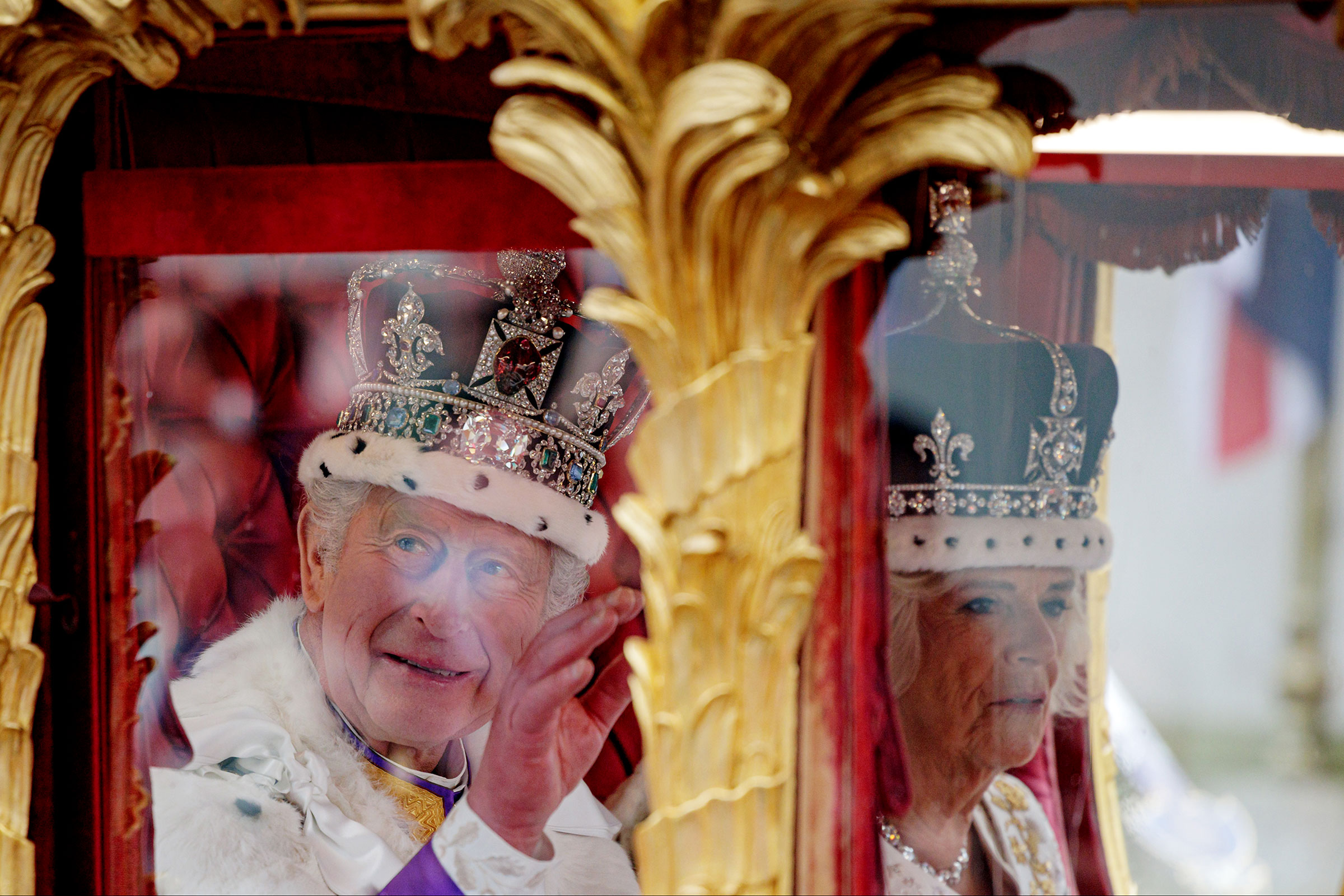
More Must-Reads from TIME
- Cybersecurity Experts Are Sounding the Alarm on DOGE
- Meet the 2025 Women of the Year
- The Harsh Truth About Disability Inclusion
- Why Do More Young Adults Have Cancer?
- Colman Domingo Leads With Radical Love
- How to Get Better at Doing Things Alone
- Michelle Zauner Stares Down the Darkness
Contact us at letters@time.com
